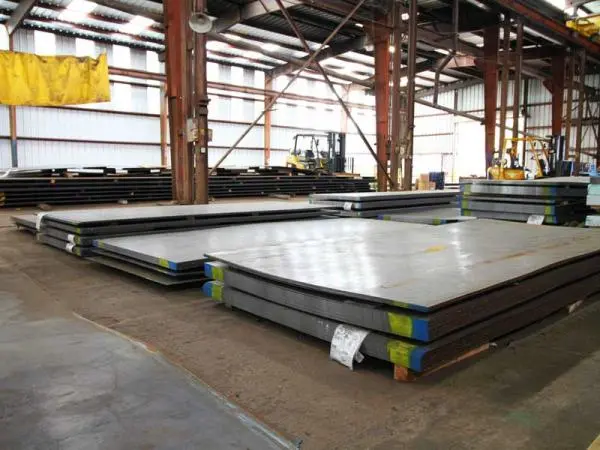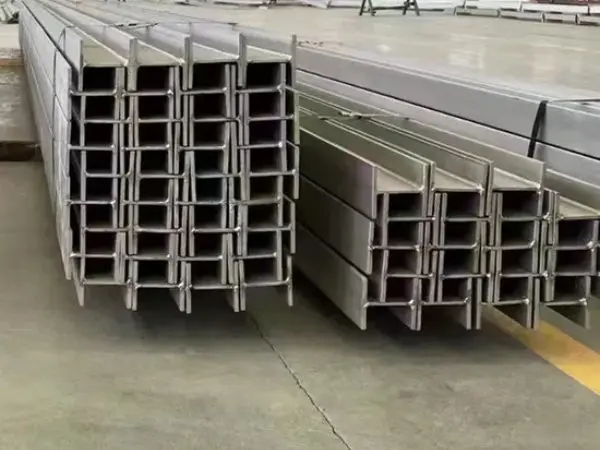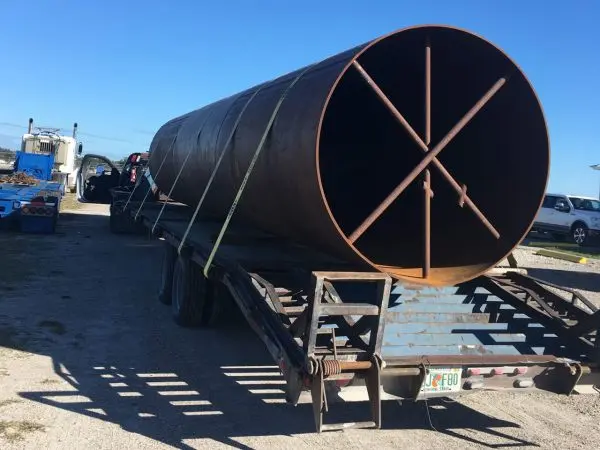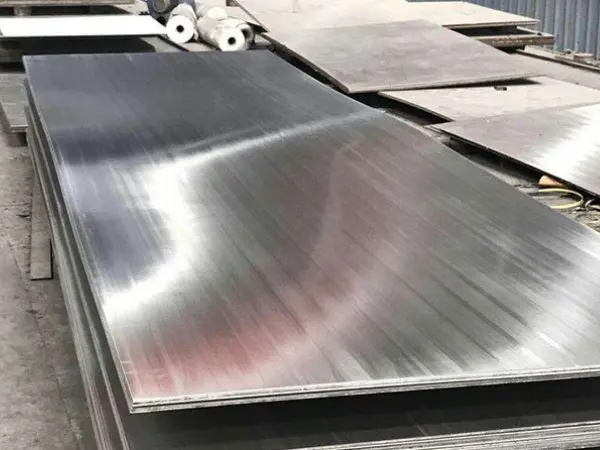- Phone0086 731 8564 8255
- E-mailsales@cscsteel-manufacturing.com
-

Maintaining straight seam welded pipe equipment can be challenging, yet it plays a crucial role in various industrial applications. Ensuring the surface quality of these pipes is essential; typically, a near-white grade (Sa2.5) finish is required.
Surface Preparation
To achieve this level of cleanliness, effective rust removal methods are essential. Epoxy, ethylene, phenolic, and other anti-corrosion coatings are commonly applied to straight seam welded pipes after thorough surface preparation. The rust removal process must eliminate scales, rust, and contaminants, achieving an anchor pattern depth of 40 to 100μm. This depth is critical for ensuring the proper adhesion of the anti-corrosion layer to the steel pipe.
Rust Removal Techniques
When rust appears on straight seam welded pipes, it is imperative to employ suitable rust removal methods to maintain their quality and performance. Common techniques include spray (blasting) rust removal, which can effectively reach near-white grade (Sa2.5) standards while maintaining low operating costs and reliable results.
The rust removal efficiency is influenced by several factors, including the type of abrasive used, the velocity of the abrasive particles, and their size. The total kinetic energy (E) applied to the steel pipe and the kinetic energy of individual abrasive particles (E1) play significant roles. The formula for rust removal effectiveness considers:
m: amount of abrasive used
V: speed of the abrasive
m1: size of individual abrasive particles
Abrasive crushing rates directly impact surface treatment outcomes and the costs associated with rust removal equipment. When the equipment remains fixed, certain variables become constants, leading to variations in the kinetic energy due to changes in the abrasives used. Therefore, selecting abrasives with lower wear rates is beneficial for enhancing cleaning speed and extending tool life.
Choosing the Right Abrasive
To achieve optimal rust removal, the choice of abrasive should be based on several factors, including:
Hardness of the steel pipe surface
Original rust condition
Required surface roughness
Type of coating to be applied
For coatings such as single-layer epoxy or two- to three-layer polyethylene, a mixed abrasive comprising steel sand and steel shot can yield excellent results. Steel shot helps to strengthen the steel surface, while steel sand effectively etches it. The hardness of steel shot typically ranges from 40 to 50 HRC, while steel sand ranges from 50 to 60 HRC, making this combination suitable for various steel surfaces, including C and D-grade rusted materials.
Conclusion
Effective rust removal and maintenance methods are vital for ensuring the longevity and performance of straight seam welded pipes. By understanding the best practices for surface preparation and selecting appropriate abrasives, industries can maintain high-quality standards in their projects, thereby contributing significantly to construction and other fields.




